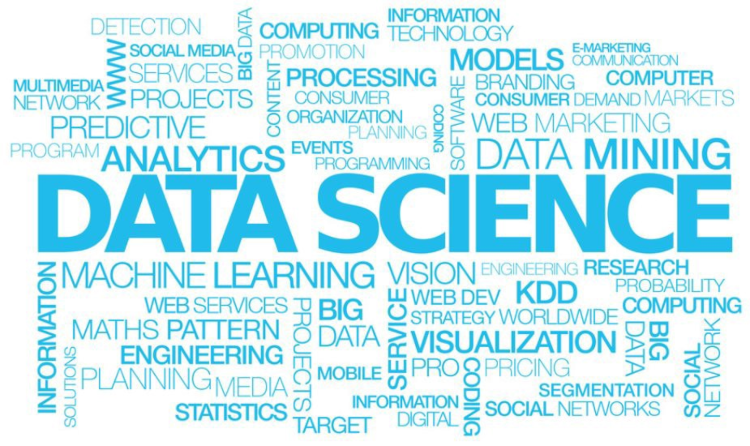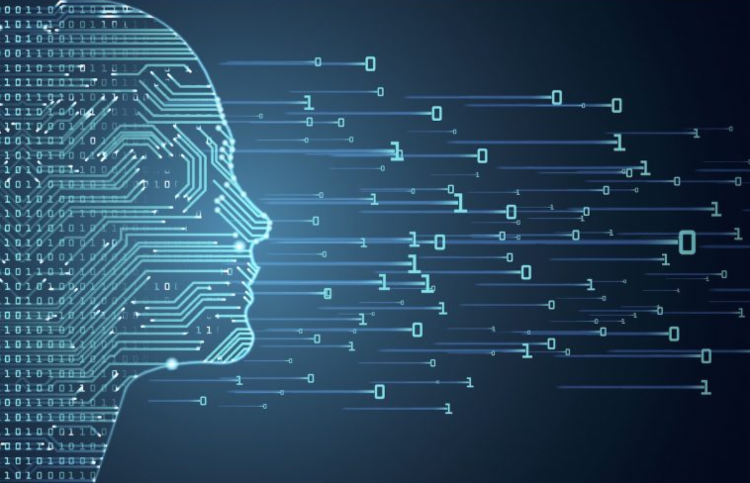Data Science: The Future and New Technology
The most basic definition of data science is that it involves the collection, storage, organisation and analysis of massive amounts of data. Yet without a deeper understanding, one might think a data scientist sits in a dark room, huddled in front of a screen, pouring over streams of digital content.
That’s not the case at all. In fact, in recent years data science has become less and less about the data itself, and more about the technology and tools used to interact with it. Advanced solutions like AI, machine learning and robust analytics tools make it possible not just to process and understand massive stores of information but at unprecedented speeds. The tools are so powerful you don’t need to know how to code to use most of them — it always helps to have programming experience, however.

Today’s data scientists now take the data that’s been ingested and processed by an advanced analytics system and translate the information for the rest of an organisation. For example, they might point out trends to executives, who will use the information to make more informed decisions. They might pass details about customer behaviour on to marketing for building more targeted and successful campaigns. Or, they may decide what forms of data to filter into a storage system and, of course, there’s also the adverse — deciding what stored information to put to use.
That’s not to say data science doesn’t take skill and experience, because it most definitely does. You could argue that data science is one of the most complex and challenging careers related to technology and digital content.
What it really highlights is how different the data science industry of tomorrow will be. Solutions like automation, machine learning and cheaper, more powerful analysis applications mean the field will be more accessible, even to smaller businesses or individuals. Furthermore, the entire landscape will change irrevocably by even more sources or channels of information. Smart home related IoT, for example, or industrial IoT are two platforms generating a massive influx of data sources. There are many new data opportunities and generation points, which only helps to bolster the need for processing and analysis.
Where Is Data Science Going?
Overtaking the corporate world is the idea of the digital transformation, which essentially means upgrading all processes, systems and solutions for the modern age. Thanks to mobile, online or cloud computing, and service-based solutions, nearly everything and anything requires robust streams of data to operate. More importantly, synchronising the data channels across an organisation leads to the improvement of productivity and revenue, among other benefits.
Consider inventory management in today’s world, for instance. What was once possible to track using paper-based records, has now become completely digital-oriented. Not only do retailers and distributors need to track what’s in their warehouse or partner storage, but they also have to deal with online orders and the like. This means upgrading a conventional paper-focused record system to include online processes, as well as more digital-centric local processes.
Data science, then, — or the analysts behind the name — have become more involved. Scientists now have their hands in more operations and processes that would have otherwise been siloed in historic operations. And it’s not just because they have to be, it’s because many companies realise the potential of having a true data scientist — and their tools — at the ready, especially when it comes to operational efficiency and streamlined systems.

To toss out some real-world uses, organisation-wide audits, of any kind really, are a great place to get data scientists involved. Scientists and analysts have access to a deep collection of insights, allowing them to help prepare for a coming audit, and to also help identify trends and events often missed by the naked eye. Some of the other operations that would benefit from a data scientist include order processing and fulfilment, marketing, logistics, manufacturing, research and development and so much more. Really, the related technologies and strategies can be applied to every process or system.
It’s the digital documentation of current, historic and future trends that makes all of this possible. With the right tools, scientists can build predictive models to put a successful strategy in place — nearly guaranteed — well before events play out.
What Does the Future of Data Science Look Like?
Knowing all this, it’s not a stretch to imagine the future of the data science industry becoming more expansive than ever — as it touches nearly every enterprise-level process — and it will be rampant with automation, machine learning and efficient solutions.
About 95% of businesses have some need or requirement to manage their unstructured data, made more applicable through big data analytics and related analytics tools. Furthermore, 53% of the world’s biggest companies already have or plan to adopt big data analytics solutions.
Adoption continues to grow year after year, and for good reason. Many organisations have come to see data science as necessary, in one form or another. The digital transformation helped sparked this, as businesses upgrade their operations for the modern world.
The future of data science is bright, along with the instrumental effect it will have on the future of business as a whole.
[perfectpullquote align=”full” bordertop=”false” cite=”” link=”” color=”#4AC1A8″ class=”” size=””]Suggested Reading: AI and Machine Learning in Healthcare[/perfectpullquote]
